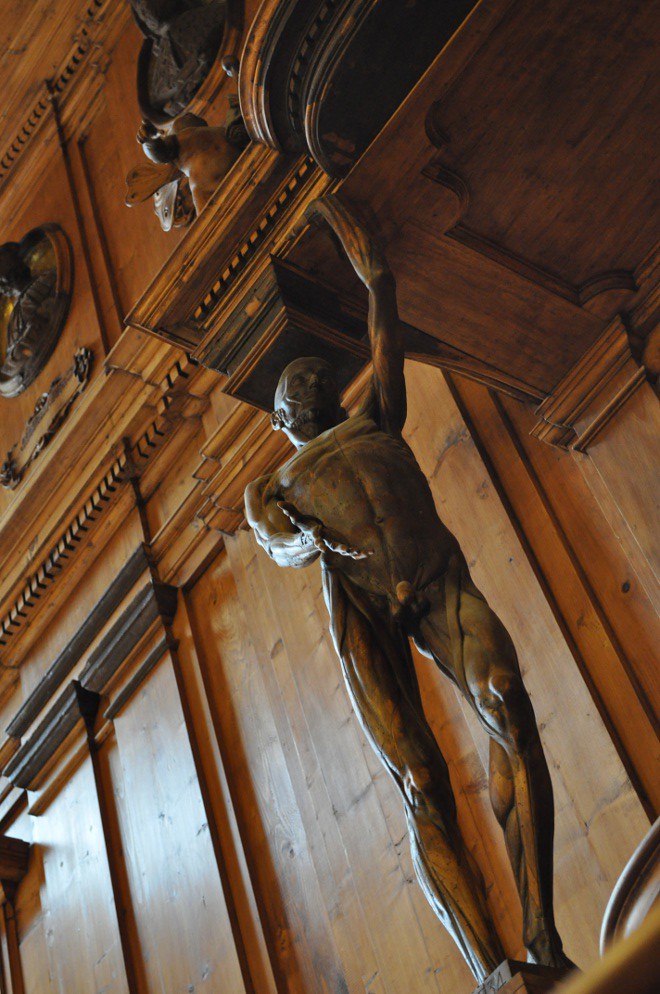
Anatomy theaters are not so common to see. This unique place combines the pre-illuminst desire of Science and the superstitious beliefs of astrology influence. This paradoxal combination is then created in a dark and creaky wood exactly like every theatre: also a science lesson could be a dramatic show.
THE ARCHIGINNASIO:
The Archiginnasio palace was constructed between 1562 and 1563 as desired by the Papal Legate of Bologna, Cardinal Carlo Borromeo, by the project of Bologna’s architect Antonio Morandi called Terribilia. The purpose of the operation, during the cultural climate of the Council of Trent, was that to give a unit seat to the university teaching until then dispersed in various seats.
The sides of the rooms, the vaults of the grand staircases, and of the open galleries are decorated with inscriptions and monuments commemorating the masters of the ancient university and thousands coats of arms and students names.
The building’s university function ceased in 1803; from 1838, after being for a few years a primary school, is the seat of the Library.
THE ANATOMY THEATRE
The room, named “Theatre” for its characteristic amphitheatre form, was designed in 1637 for the anatomy lessons by Bologna’s artist Antonio Paolucci also known as Levanti, a pupil of Carracci.
It was constructed with spruce wood and was decorated with two orders of statues depicting at the base twelve celebrated doctors (Hippocrates, Galen, Fabrizio Bartoletti, Girlamo Sbaraglia, Marcello Malpighi, Carlo Fracassati, Mondino de’ Liuzzi, Bartolomeo da Varignana, Pietro d’Argelata, Costanzo Varolio, Giulio Cesare Aranzio, Gaspare Tagliacozzi) and above, twenty of the most famous anatomists of the Studio bolognese.
The panneled ceiling, realised in 1645 by Antonio Levanti, is decorated with symbolic figures representing fourteen constellations with Apollo in the centre, the god of medicine.
The cattedra del lettore (teacher’s desk), towering above the desk of the demonstrator, is flanked by two “Spellati” (skinned men) statues, sculpted in 1734 based on the drawing of Ercole Lelli, a famous wax model maker from the Istituto delle Scienze.
Above the canopy a female figure sits as an allegory of Anatomy. A small angel gifts her not with a flower, but with a thighbone.
The Ceiling represent Apollo in the centre surrounded by the zodiac signs. The astrological theme is due to the tradition of consulting the stars before proceeding with operations or administering drugs, according to a medical conception reflecting the influence exercised in all of Europe by the Arabs’ Science dating back to their conquest of Spain. Astrology was associated with medicine and every part of the body was placed under the guardianship of a zodiac sign.
The anatomical room was heavily damaged during the bombardment of Bologna on January 29th, 1944, destroying this wing of the building and was reconstructed immediately after the war, reusing the original wooden sculptures that were fortunately recovered from the rubble.
source: archiginnasio.it
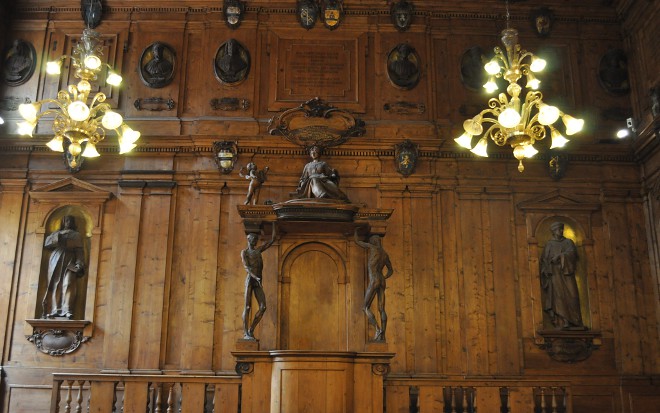
The Teacher’s desk
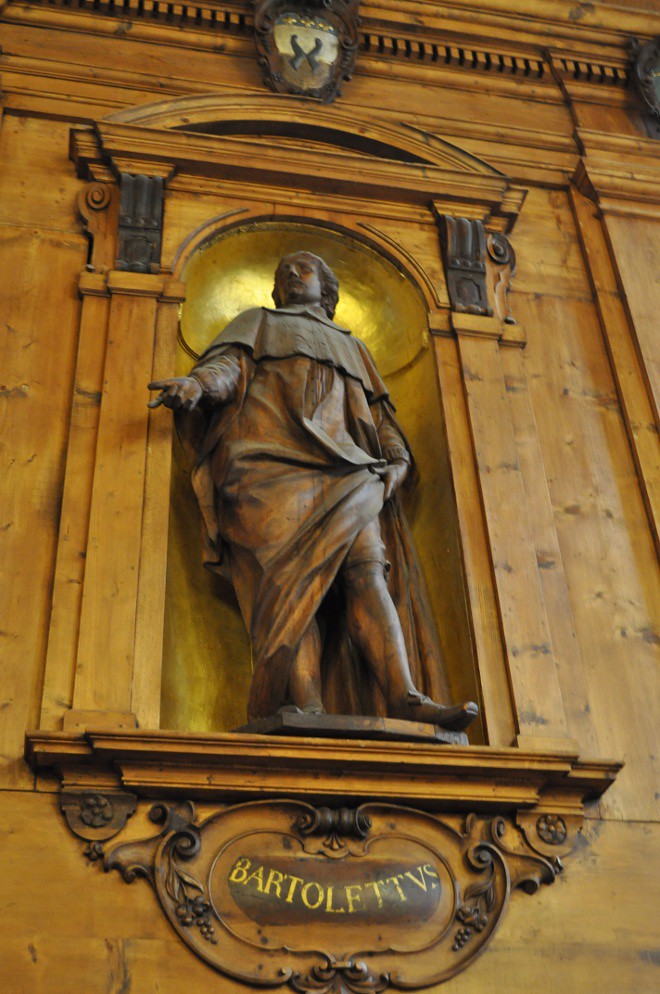
Bartolomeo da Varignana
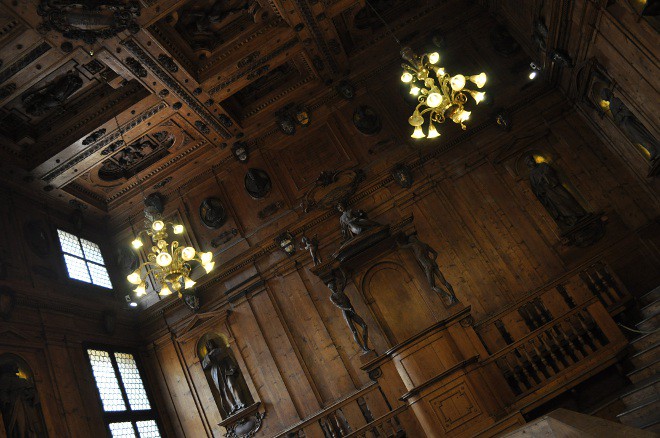
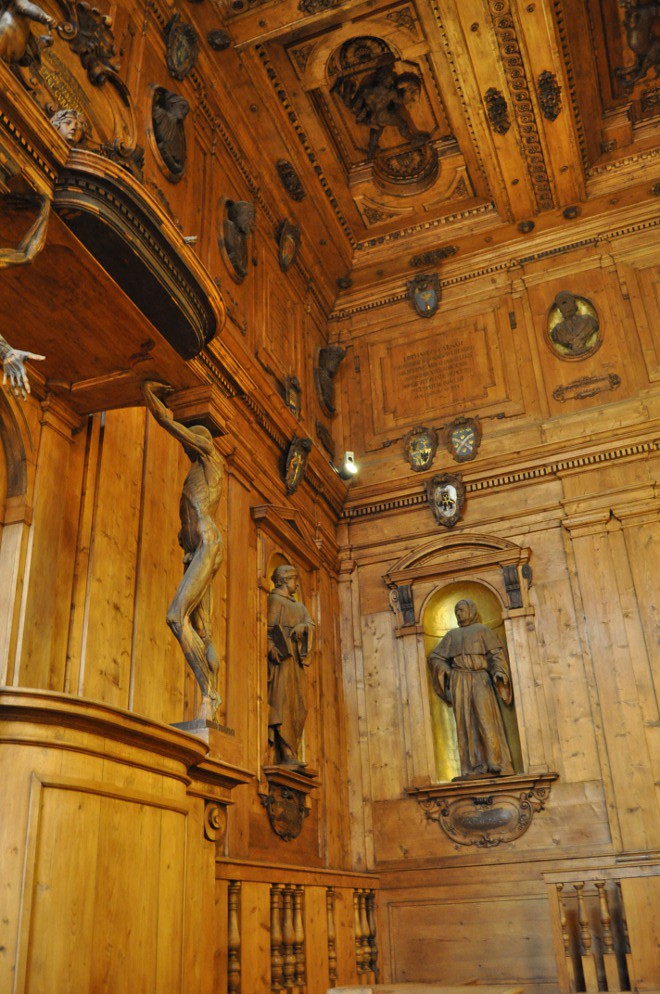
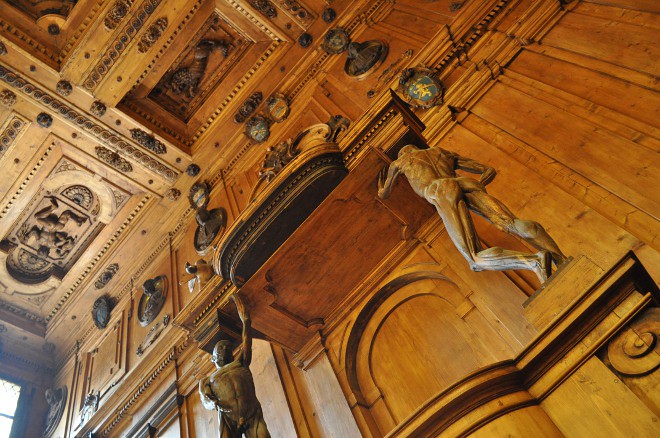
Skinned men

The ceiling (Apollo in the centre)

Famous Doctors
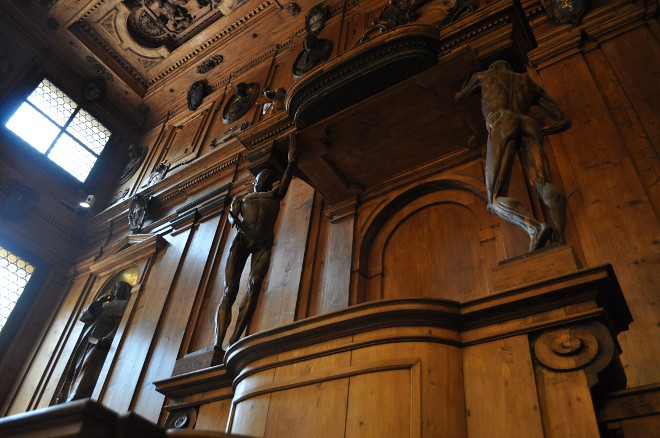
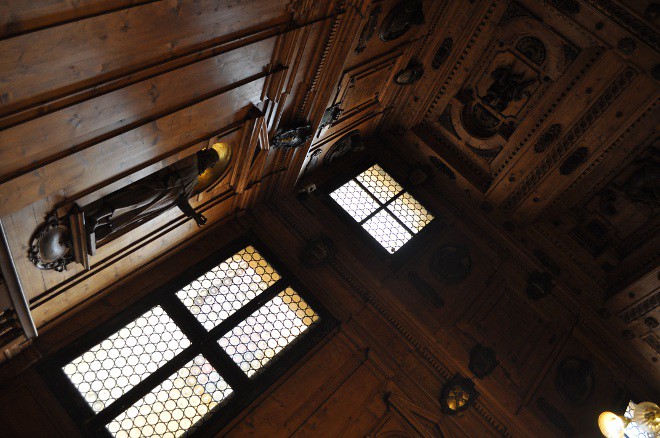
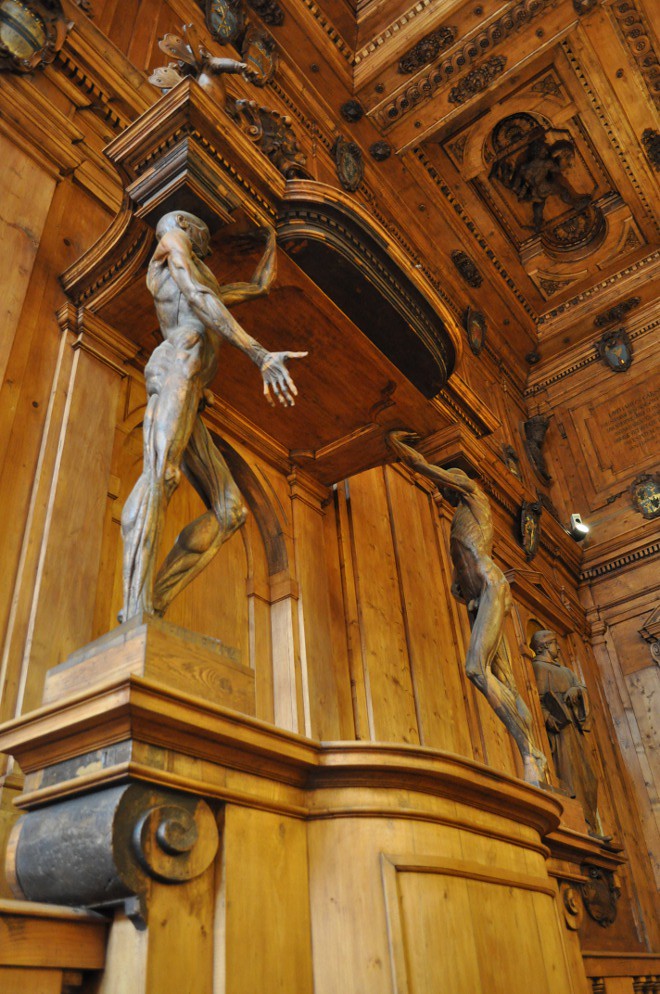

THE ARCHIGINNASIO PALACE:
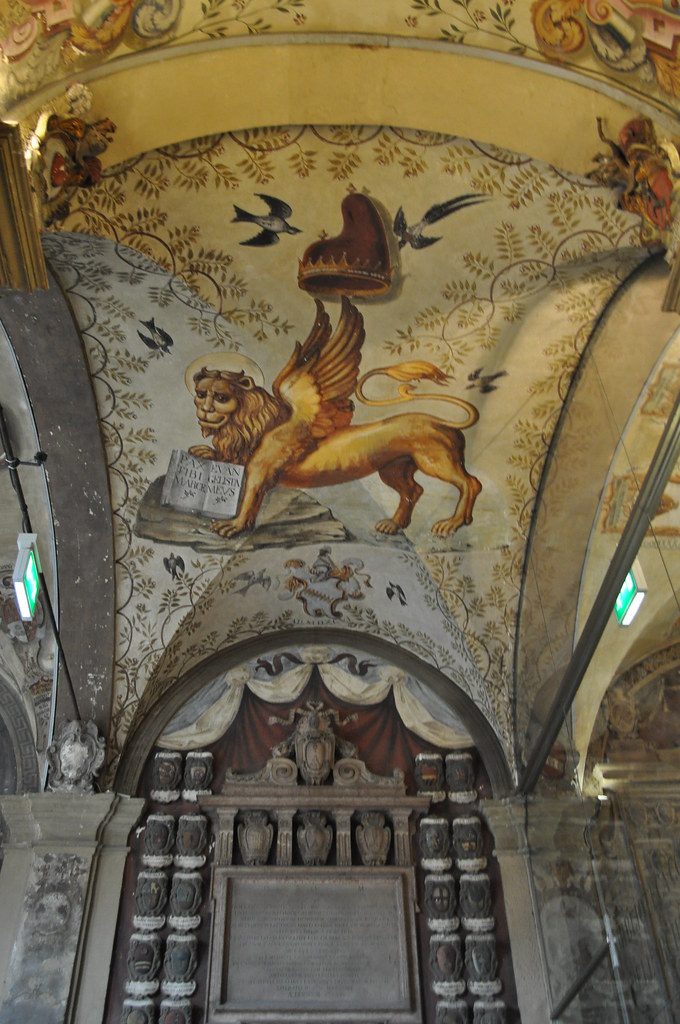
The Upper Loggia
The rich decorations of the Archiginnasio constitute the biggest existing heraldic wall complex. The coats of arms were put there to reinforce the idea of authority and power of the institution: as in the gallery of noble palaces the paintings celebrate the splendor of the family, as so in the University the heraldic decorations emphasized the history, the prestige of the academic tradition, while the inscriptions and the mottos were an invitation to the intellectual and moral elevation.
From the construction of the building until the end of the 1700s inscriptions and commemorative monuments of the masters of the Studio were placed there, together with the students’ coats of arms. Currently, the coats of arms that follow one another in the halls, in the corridors and along the grand staircases are around 6,000.
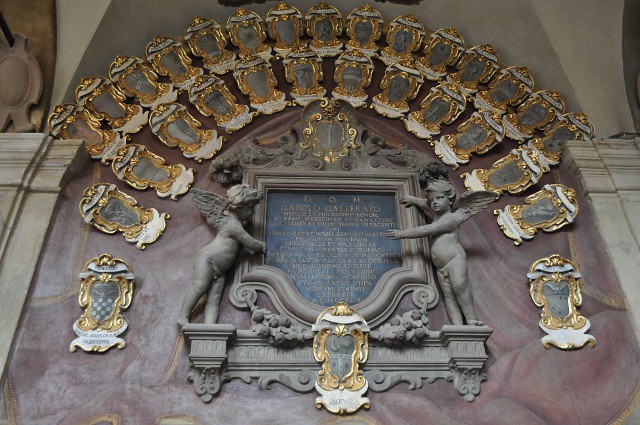

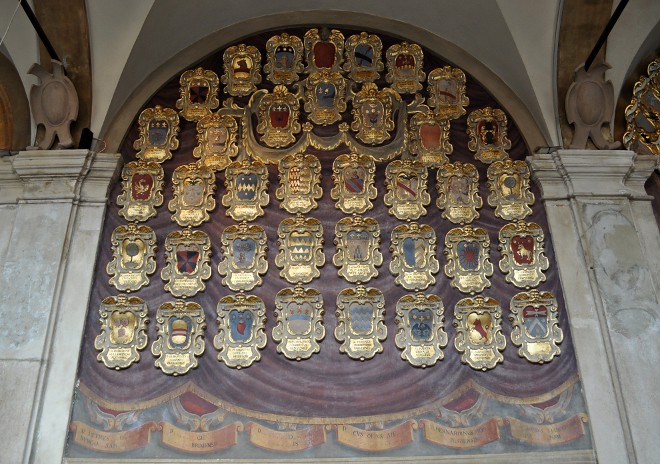
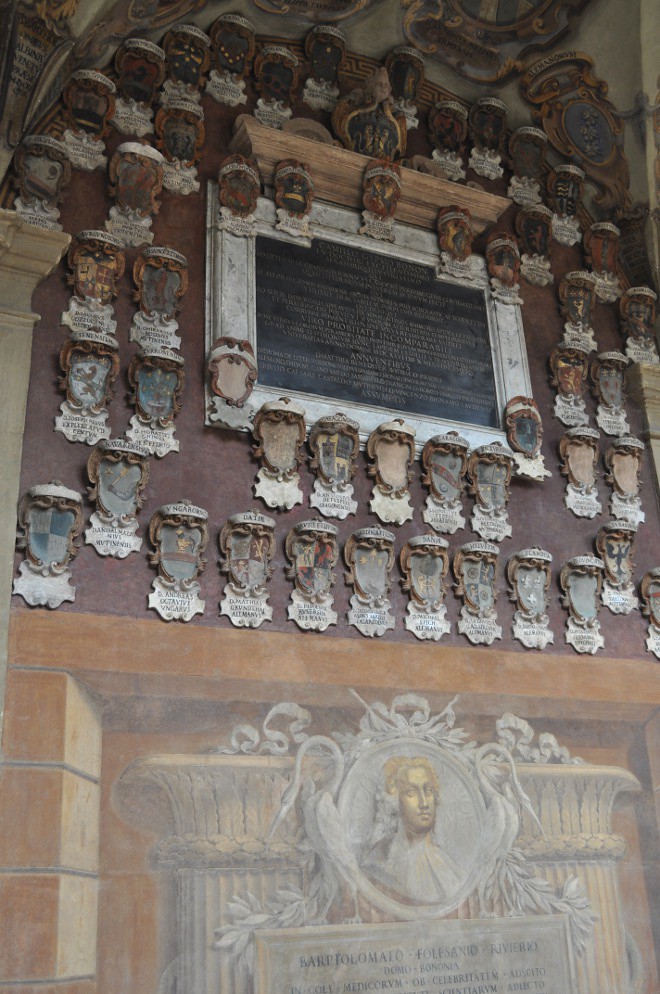
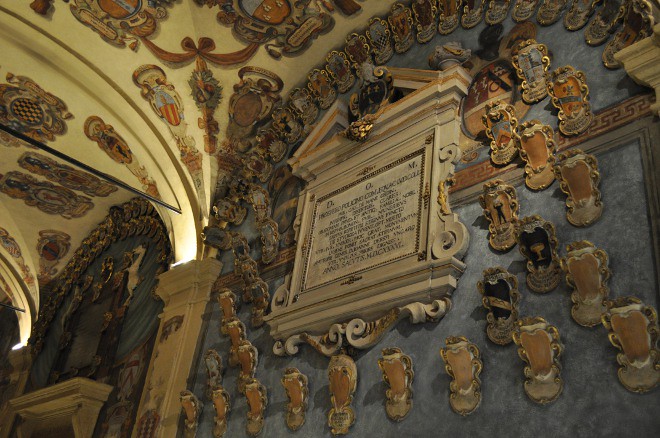
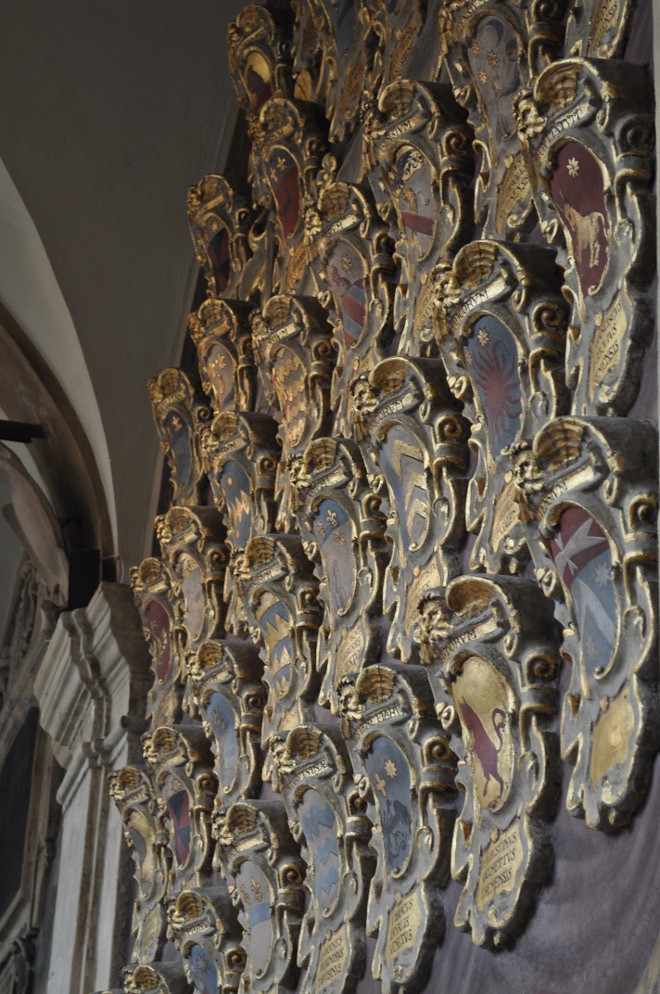

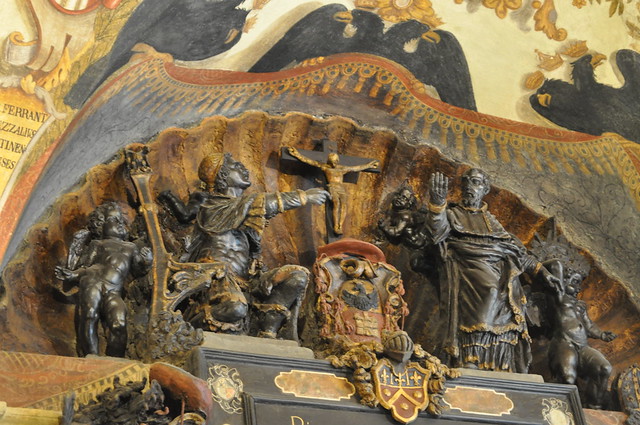
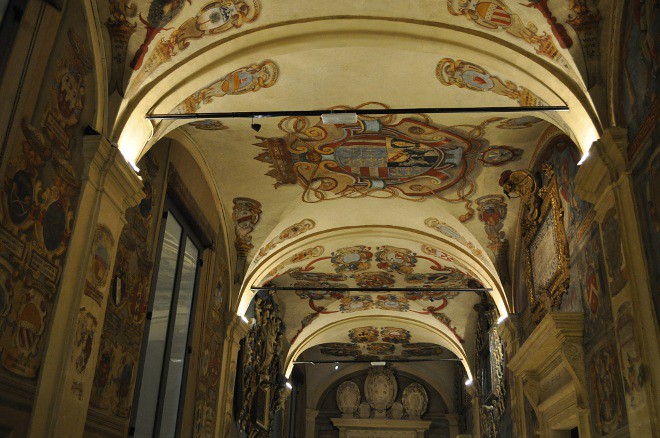
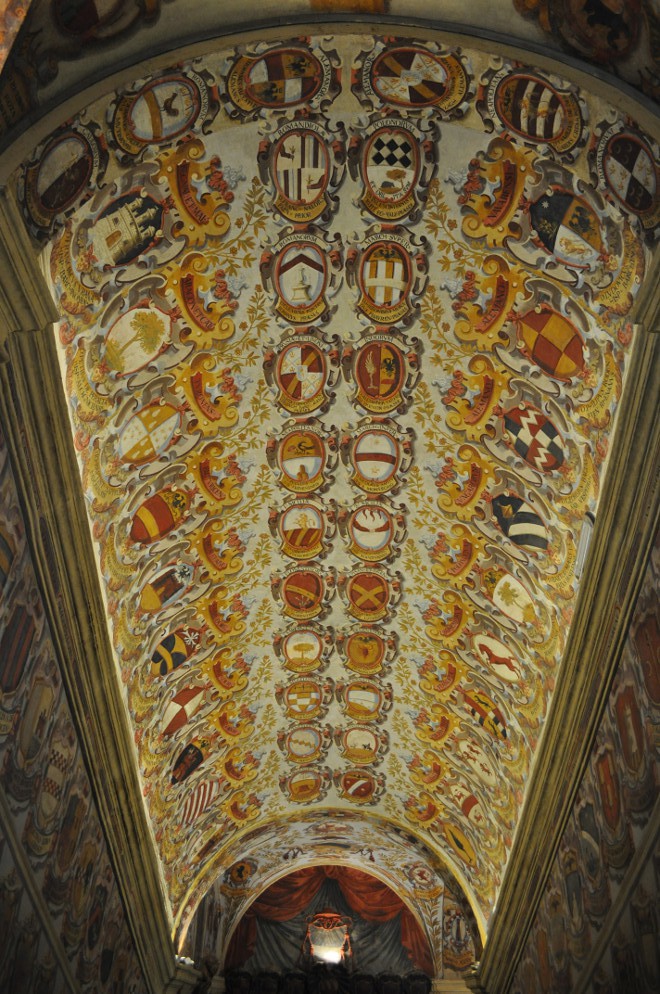

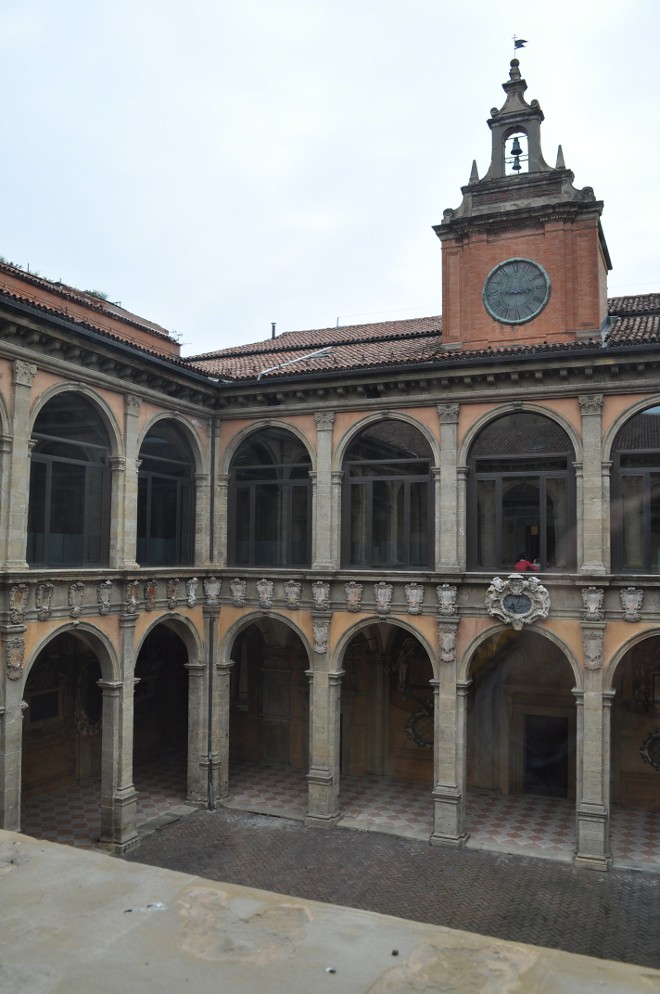
The Courtyard
As all of the rooms and walls of the building, the courtyard is adorned with coats of arms and carved or painted memoirs.


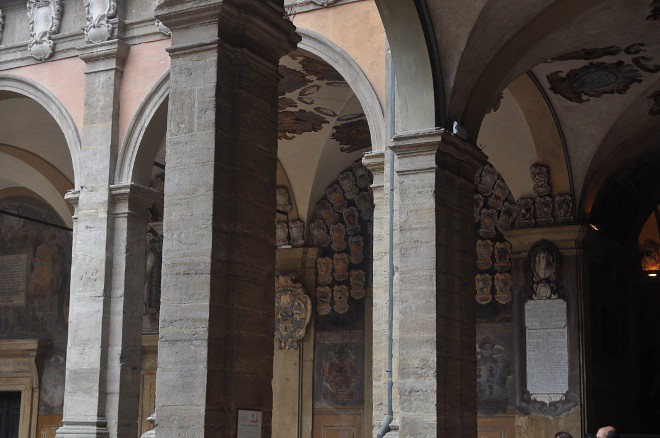
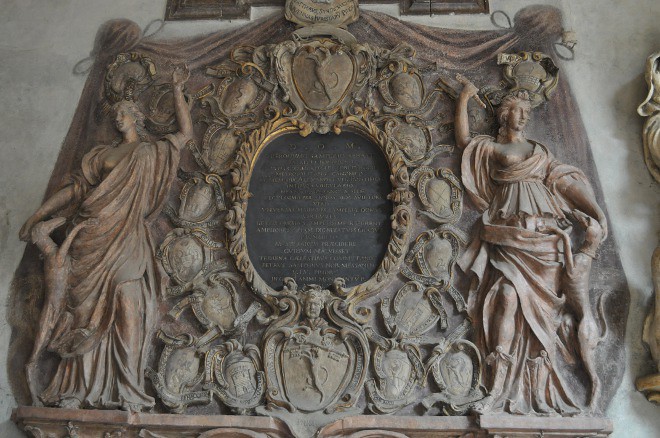
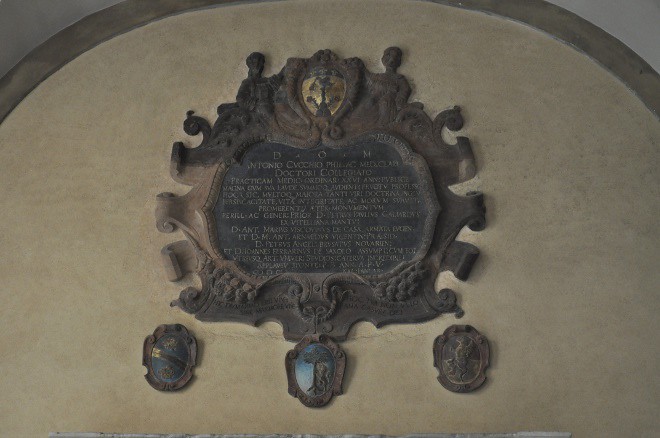
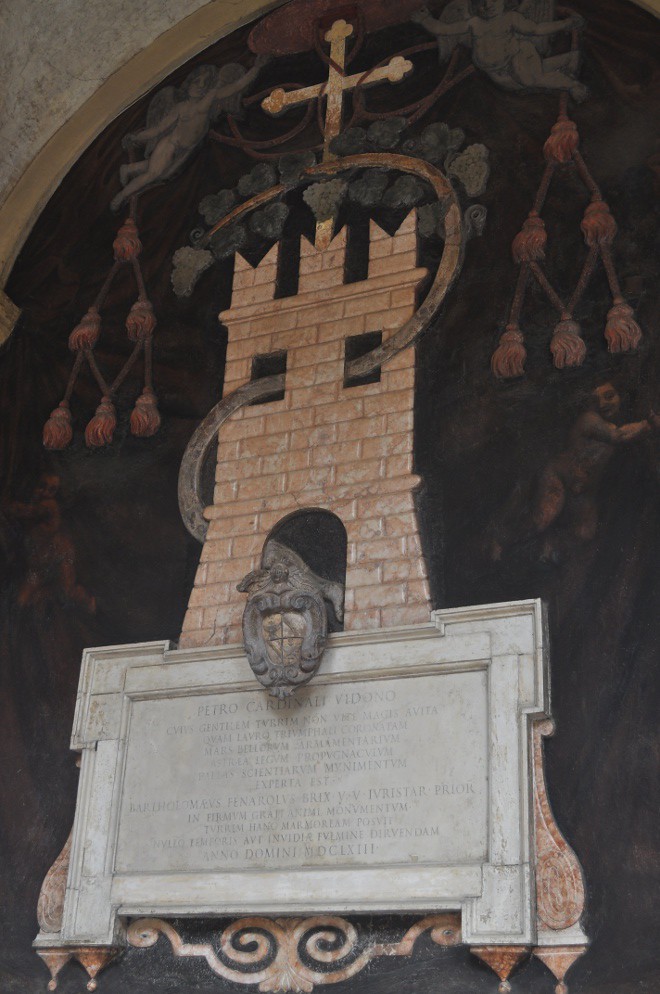
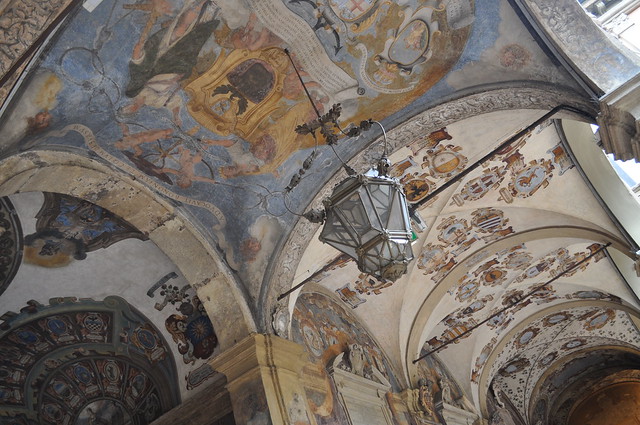


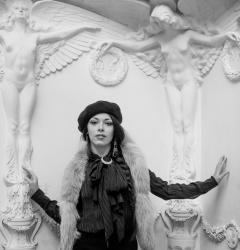
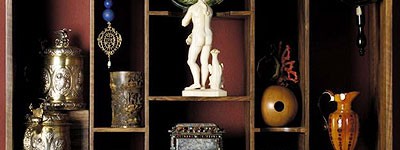

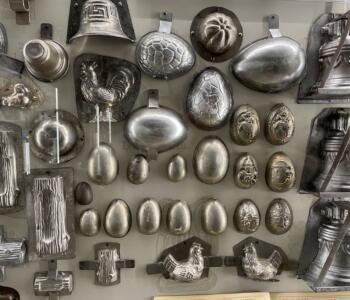
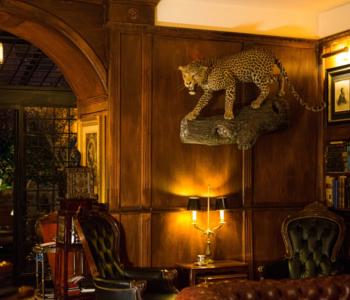
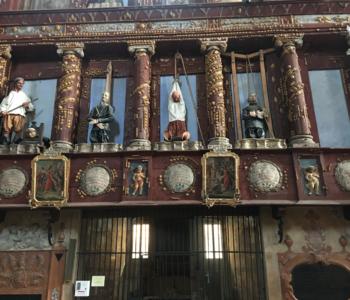
Trackbacks per le News